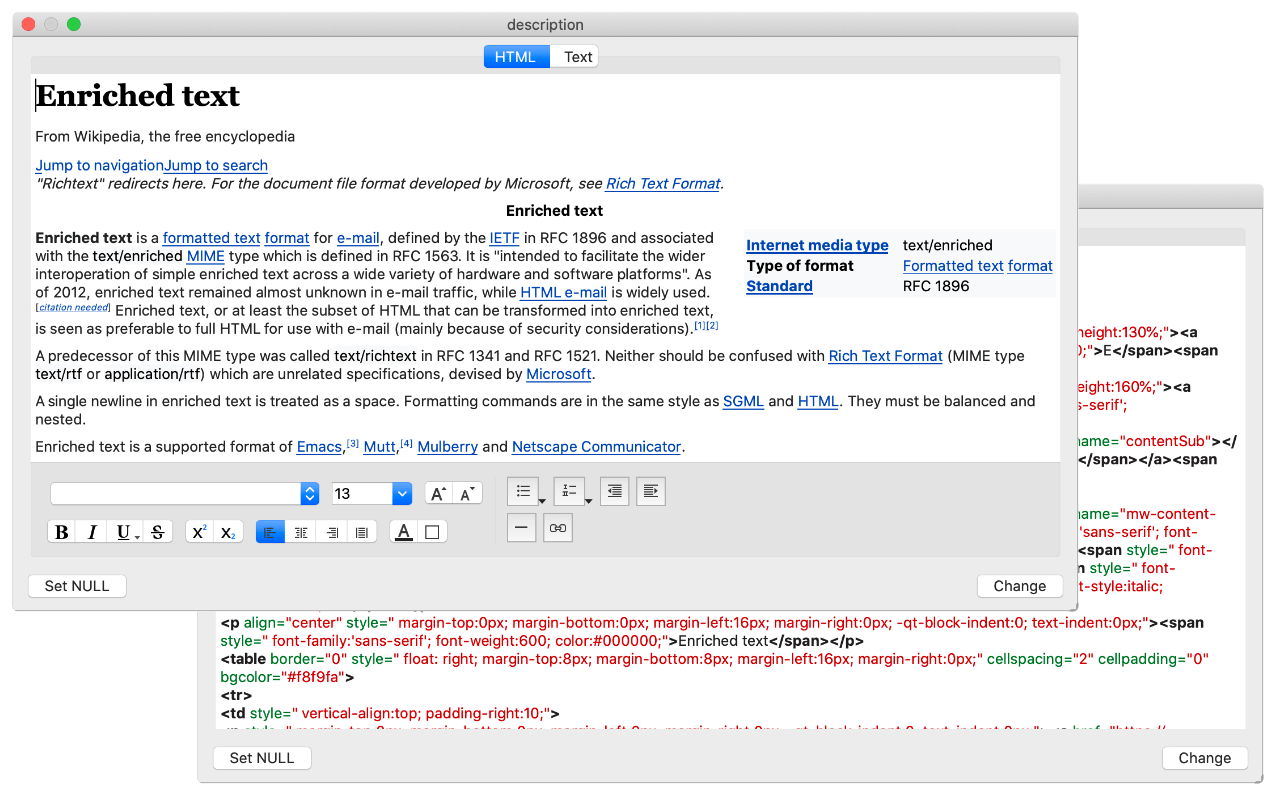

2 patients were "good responders" with a seizure reduction of more than 50%, both with a follow-up duration more than 12 months 2 patients were "non-responders" after a follow-up duration more than 12 months.

These data were confirmed at follow-up over 29 months.Īt the last follow up, 1 patient was "seizure free" with a follow-up duration of 10 months, 4 were "very good responders" because of a reduction in fits of more than 75%, 2 of these with a follow-up duration more than 12 months. After nine months of treatment, the patient showed a 91,7% reduction in seizure frequency and a reduction in seizure duration of more than 50% (from 20-40 s down to 6-20 s). From the third month of treatment, patient 1 (table 1) with drug-resistant absence epilepsy experienced a reduction in the intensity and duration of absences, and this positive result remained constant. Only 3 months from implantation, drop attacks had disappeared in one patient and decreased in another. All children were known to have the devices in place and functioning. No initial surgical complications were reported in this cohort of patients and no complications caused by implantation were reported. No changes to drugs were made, other than for two patients who experienced a worsening in their clinical patterns. As regards Quality of Life (QOL), we considered improvements in alertness, verbal communication, memory, school/professional achievement, mood, and reduction in post-ictal state and in seizure clustering. We did not change the frequency or the duration of the stimulus, other than in two cases in which there was the onset of side effects (hoarseness). In addition, the off-time was reduced from 180 minutes to 5 minutes. The stimulus intensity was increased stepwise by 0.25 mA up to a maximum of 2.00.

Initial stimulation parameters were: output current = 0.25 mA, frequency = 30 Hz, pulse width = 500 μs, signal on-time = 30 sec and off-time = 180 minutes. The stimulation parameters were adjusted in line with standard medical practice for VNS implanted patients. The efficacy of the treatment was measured as the percentage change in seizures at each visit. During the follow up, we regulated the stimulation parameters, which were gradually and slowly increased, in order to assess the efficacy of VNS at parameters which would usually be considered "non-therapeutic". After VNS implantation, patients had clinical examinations every 15-30 days in which we evaluated the frequency, intensity and duration of their seizures, the side effects, and any changes in their quality of life, on the basis of a diary filled in by the family, without the support of any standardized questionnaires. VNS was implanted in the period June 2007- June 2009. They had received from 7 to 15 different anti-epileptic drugs and were not eligible for surgical resection. Our small experience seems to confirm the efficacy and safety of VNS in drug resistant partial and generalized epilepsy in developing age groups. The improvements in the quality of life are relevant and seem to be independent of the VNS effect in controlling seizures. Hoarseness of voice was the most frequent side effect. Adverse effects were mild, tolerable and, in most of cases, easily resolved by adjusting the stimulation parameters. We also wanted to underline the reduction in seizure frequency (~91,7%) and the reduction in seizure duration (> 50%) in the patients affected by drug-resistant absence epilepsy. This observation supports the possibility that, for younger patients, lower stimulation intensities than those commonly used in clinical practice for adults can be therapeutic. We obtained an initial seizure reduction with low stimulation parameters, the highest current reached being 2.00 mA. ResultsĪt the last follow, up 1 patient was "seizures free", 3 were "very good responders", 3 were "good responders" and 2 were "non responders".

During the follow up, we gradually and slowly increased the parameters of the stimulation in order to assess the efficacy of VNS even at parameters which would usually be considered "non-therapeutic", along with possible side effects and changes in quality of life. We describe the outcome for the first group of nine patients, aged 8-28 years, who had pharmaco-resistant epilepsy and were treated with VNS. Although the exact mechanisms of action are unknown, the use of VNS with children has increased, including those younger than 12 years of age, or those with generalized epilepsy. In 1997 Vagus Nerve Stimulation (VNS) received approval from the US Food and Drug Administration (FDA) as an adjunctive therapy in the treatment of medically intractable partial epilepsy in people aged 12 years and older who are ineligible for resective epilepsy surgery.


 0 kommentar(er)
0 kommentar(er)
